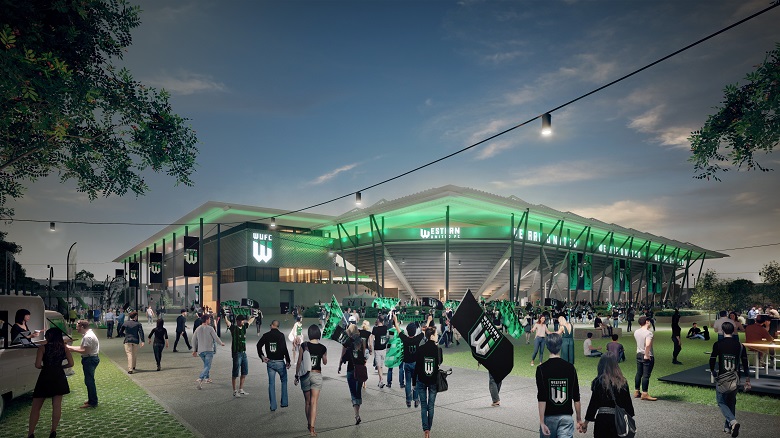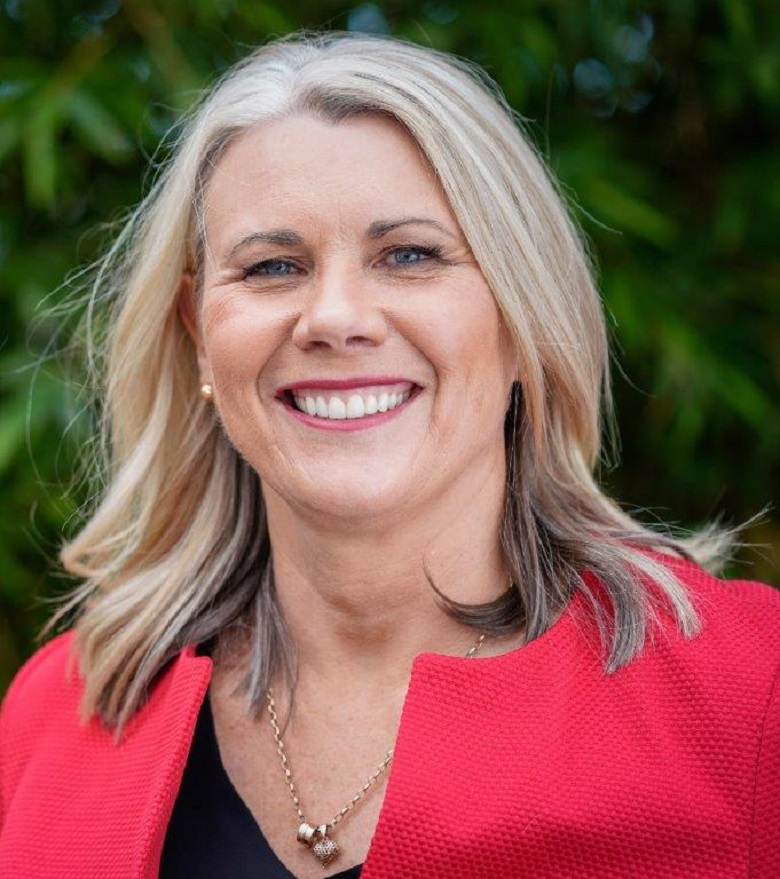
As the driving force behind Australia’s first private-public partnership to build a major sports stadium, Wyndam City Council’s Director of Deals Investment and Major Projects Kate Roffey has a thing or two to say about thinking outside the box.
Wyndham City and Western Melbourne Group are developing a 15,000 seat stadium as the home ground of A-League newcomers Western United.

Wyndham announced in December that site investigations for the development had been completed and council was pressing ahead with planning permissions and work permits. The first sod is expected to be turned midway through the year.
Ms Roffey says it all began with a dream of an A-League license. The group behind the bid had approached councils last year to support them in their quest, and Wyndham agreed to come on as a partner and build a new privately funded, value captured home stadium for the team.
“Part of the deal was that we would build our own 15,000 seat rectangular stadium for the team using council owned land which we sold to the Western Melbourne Group,” she told Government News.
“With the profit they get from the development they pay to build the stadium.”
The deal is the first of its kind in Australia, Ms Roffey says.
“The good thing is it’s never been done before, so no one can tell me we’re doing the wrong thing. The bad thing is, it’s never been done before so there’s no one who can tell me how to do it,” she quips.
She says it’s a win-win, with the community getting an A-League team and a stadium that Council would otherwise have been unable to provide, and the club getting a licence and a stadium that it owns and controls.
Stadium economics
Mayor Josh Gilligan calls the deal a “critical component of the Wyndham 2040 commitment to be a place for people”.
Ms Roffey, who also worked with Tennis Australia managing the Melbourne Park Redevelopment, calls it “stadium economics”.
It’s one of the examples of innovative finance models she’ll talk about next week at the Smart Local Government Summit 2020 in Melbourne.
Ms Roffey says smart cities are about more than technology.
“The thing that we’re missing in those smart city conversations is the innovation element in terms of how do we actually deliver a better sense of place and better opportunities for our residents to live in place and enjoy where they live,” she said.
“To me the smart city is about actually delivering better infrastructure, better connectivity, more jobs, better sense of place for people.
“In terms of the A-League deal they’re the sorts of things I’m talking about – how do we actually leverage opportunities more effectively to deliver – in this case, infrastructure.”
The stadium financing model marked a shift away from the traditional means of delivery, Ms Roffey says, which has always relied on government money.
“When I talk about the smart city and innovation and creation, I’m actually thinking about really different ways of thinking, different ways of doing things, changing the system as we know it,”she says.

Cross-cultural seeding
Ms Roffey says there’s a cultural reluctance among many public authorities to think outside the square, and some times it takes people like her, with a background in the corporate sector and a knowledge of big projects, to shake things up.
“People tend to stick to their knitting, they tend to do what they have always done,” she says.
“We need to get more people who do think differently and have different backgrounds working in both sectors. We need more people who understand government working in the private sector as well.”
There also needs to be a cross-cultural sharing of knowledge and values, she says. This means government has to understand that business operates on a profit basis, and the private sector has to accept that the work the public sector does is for the public good.
And innovative thinking doesn’t have to be all about value capture, Ms Roffey says. For example, both the Sydney trams and Melbourne road tunnels used availability payments forward-funded by the private sector, and infrastructure can also be delivered via long tail investment when short returns aren’t required.
Ms Roffey believes Australia has been slow on the uptake compared to places like Hong Kong, which has been doing value capture deals for years to build fast train connections with China, and London, which built its Crossrail via a business rate supplement process.
“There are some really good international examples that we need to lean in on a bit more,” she says.
Comment below to have your say on this story.
If you have a news story or tip-off, get in touch at editorial@governmentnews.com.au.
Sign up to the Government News newsletter